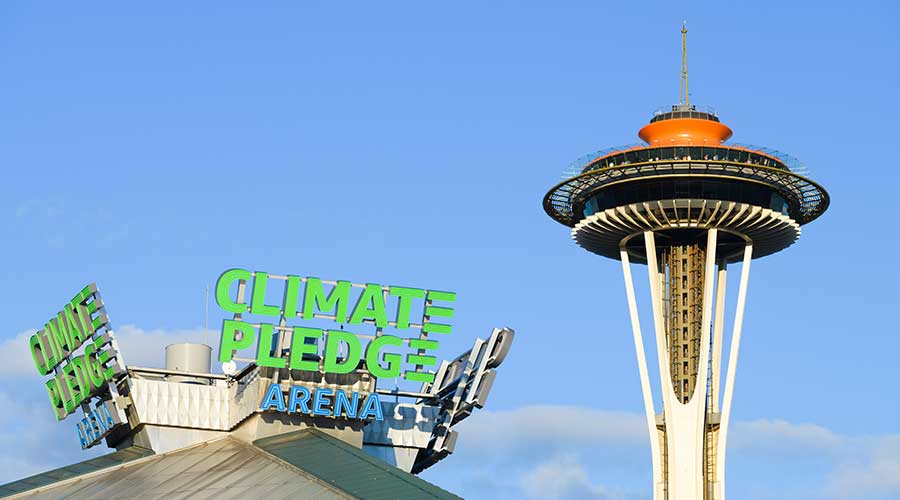Training, Now More Important Than Ever
OTHER PARTS OF THIS ARTICLEPt. 1: This Page
The budgets for many maintenance and engineering departments routinely take it in the chops. For decades, departments were annual targets of the dangerous and misguided "out of sight, out of mind" approach that many facility executives applied to budget decisions. The ongoing impact of the Great Recession only set that approach in concrete in many organizations, and managers' struggles to do more with less in almost every area got tougher.
In many departments, training took the biggest hit. But as managers know all too well, training is among the most important components in any effort to make front-line technicians, supervisors and even managers more efficient and prepared for the challenges facilities present.
For this reason, savvy managers do everything in their powers to find time and money for training. So even as the economy continues to falter — though the near future looks a bit brighter, finally — managers need to continue their efforts to plan for training and education.
Facilities continue to age, facilities technology advances continue to spread, and older workers continue to leave departments, often taking valuable institutional knowledge with them. The need for training has never been greater.
Setting a funding target based on training needs can be difficult and depends on the size and complexity of the facilities involved. The target might depend on the amount of time workers can afford to spend in training. For some managers, about 2 percent of available work hours annually is a reasonable standard to cover required basic training accomplished. Others' benchmarks will be slightly different.
Managers then must determine the best mix of training resources that will help workers acquire the skills and knowledge they need. Free obviously is better these days. That's why in-house training from safety specialists, for example, and vendor training on specific products and systems are appealing. Online training also can hold down costs by eliminating travel.
Finally, managers need to determine the mix of subjects. Staffs need up-to-date training in core safety issues, including lockout/tagout, confined entry, bloodborne pathogens, right-to-know issues for material safety data sheets, and lift safety, to name just a few. They also need more general training related to diversity and sexual harassment and abuse. Finally, they require education on specific products and technology they work with daily, including HVAC, electrical, lighting and plumbing systems.
Supervisors and managers also need opportunities to attend regional or national conferences to stay abreast of technology advances, budgeting, project planning, personnel management and similar issues.
There is one final point to be made about the need for training in maintenance and engineering departments: morale. Departments are so overworked that managers would be smart to get people off site to recharge, network, and gain new perspectives. Technicians, supervisors and managers who avoid isolating themselves in their daily routines can benefit their departments and organizations in ways that go far beyond the number of hours and dollars spent.
Dan Hounsell offers observations about trends in maintenance and
engineering management and the evolving role of managers in institutional and commercial facilities.
Agree? Disagree? Have something to say? We want to hear from you. Visit myfacilitiesnet.com/danhounsell, and start a conversation.
Related Topics:











